Philosophy & Ambition
Chateau Pabus
Château Pabus’ Grand Ambitions
The Pabus property on the Sadirac hills barely covers a few acres of vines and a number of plants so small, you could almost assign a name to each of them.
The bunches of grapes flourish with individual attention and are picked with care when the grapes are perfectly ripe.
All this effort is for a few hundred litres of a wine with attention lavished on it like a prince. Château Pabus produces exceptional ‘niche wines’, the progress of which can be measured with every new vintage. All this effort is expended to make connoisseurs want to try this superior Bordeaux.

The Pabus Philosophy Embraced by the Team
Obviously, there is no such thing as chance in life. There has always been a swan on the small lake at Pabus. It doesn’t take long to understand the marvellous magic of this majestic bird and the landscape. Its unique light, profusion and reconciliation with nature.
In fact, the swan symbolises Château Pabus and the values embraced by the team: discretion, balance, nobility, elegance and a drive to conquer…
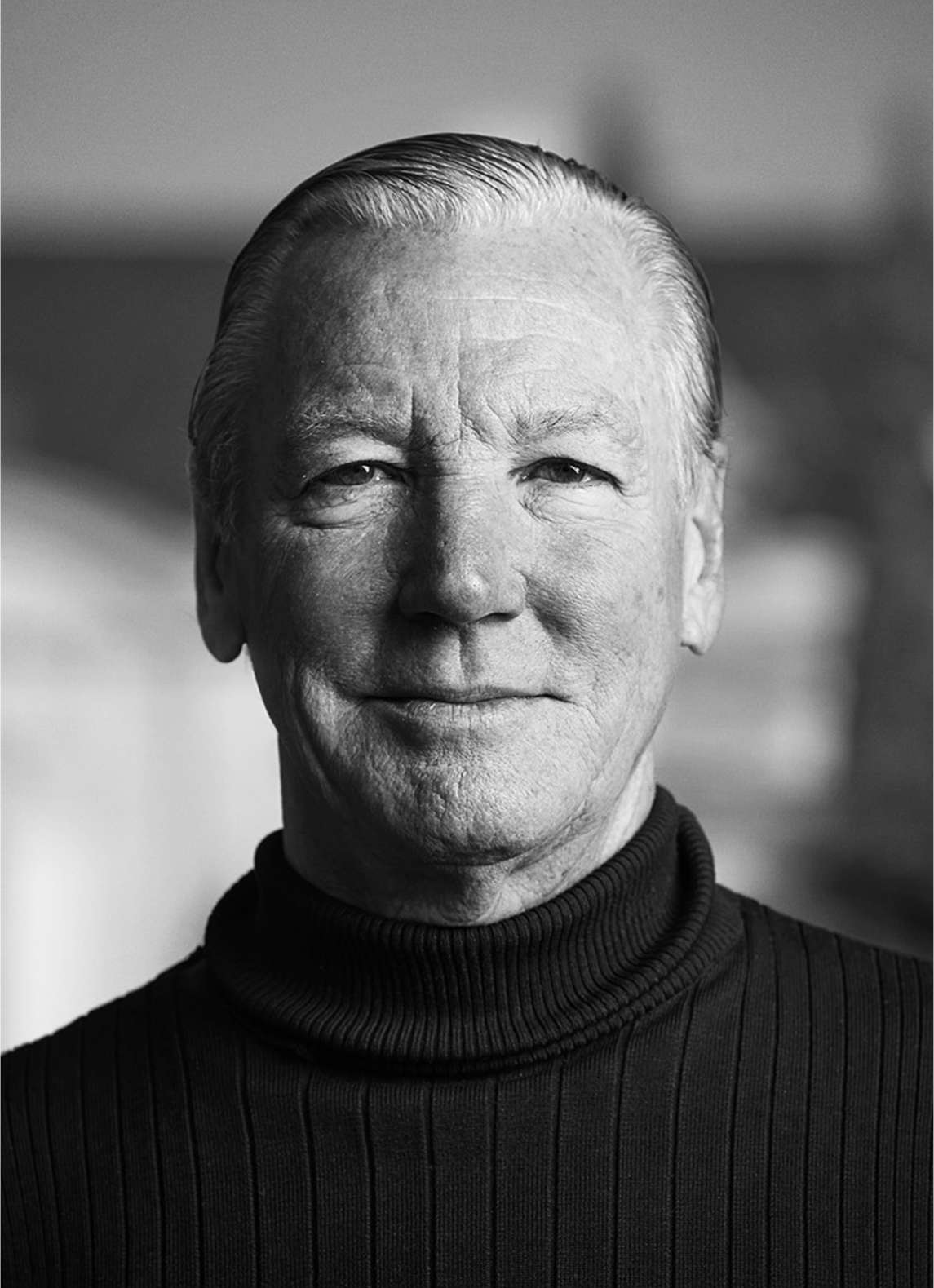
Robert s. Dow
“After forty years in finance, I was looking for something new to dig my teeth into. My daughter knows I love Bordeaux wines, so she persuaded me to invest in a property in the area. After a couple of visits, we fell in love with Château Pabus. I wanted to make sure it would continue to be run using modern methods, so in 2012, I entrusted its management to its former owner, Kris Couvent, a Belgian wine merchant. Our determination knew no bounds. We were ready to do everything to elevate Pabus to the pinnacle of the appellation and undertook some serious work on the property. As part of our obsession with quality, I decided to call in the best experts and engaged Michel Rolland and his lieutenant Bruno Lacoste. Our shared objective was to promote precision in the vineyard and rational winemaking to bring out the very best of our terroir. With our dream team in place, our outlook is serene.”
Michel Rolland
“Robert Dow has retired from business now. Like any wine lover, he dreamt of having his own wine estate and making his own wines. He isn’t a snob at all. He didn’t have to own a cru classé. He wanted to uncover a pretty little property with a good quality terroir. Since he’s a tireless perfectionist, he wanted to renovate the buildings, install ultra-efficient equipment and adopt practices and procedures of excellence both in the vines and in the winery, in order to extract the very quintessence of this terroir.
His approach is quite like those who made ‘garage wines’. Since he bought the property, Robert Dow has been hard at work. Nothing seems to dampen his determination or his enthusiasm. With his tightly welded team around him that he knows how to motivate, he never falters in his drive to produce distinguished wines. You only have to taste the very latest vintages to be convinced of the improvement in quality. The 2015 is particularly remarkable. Wine always results from complicity between a winegrower and a consultant.
A new page is being written and I am delighted to be writing it together.“
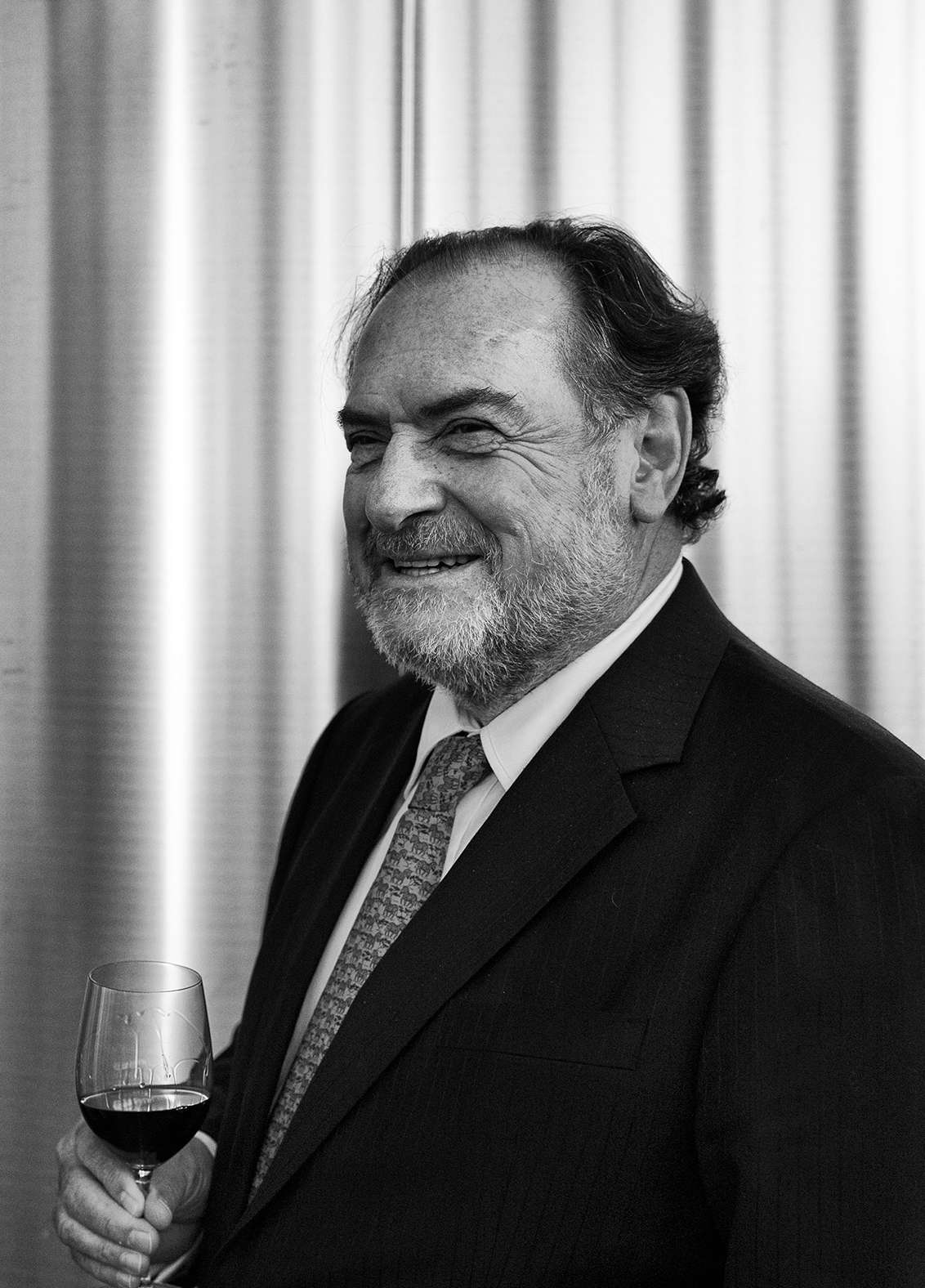
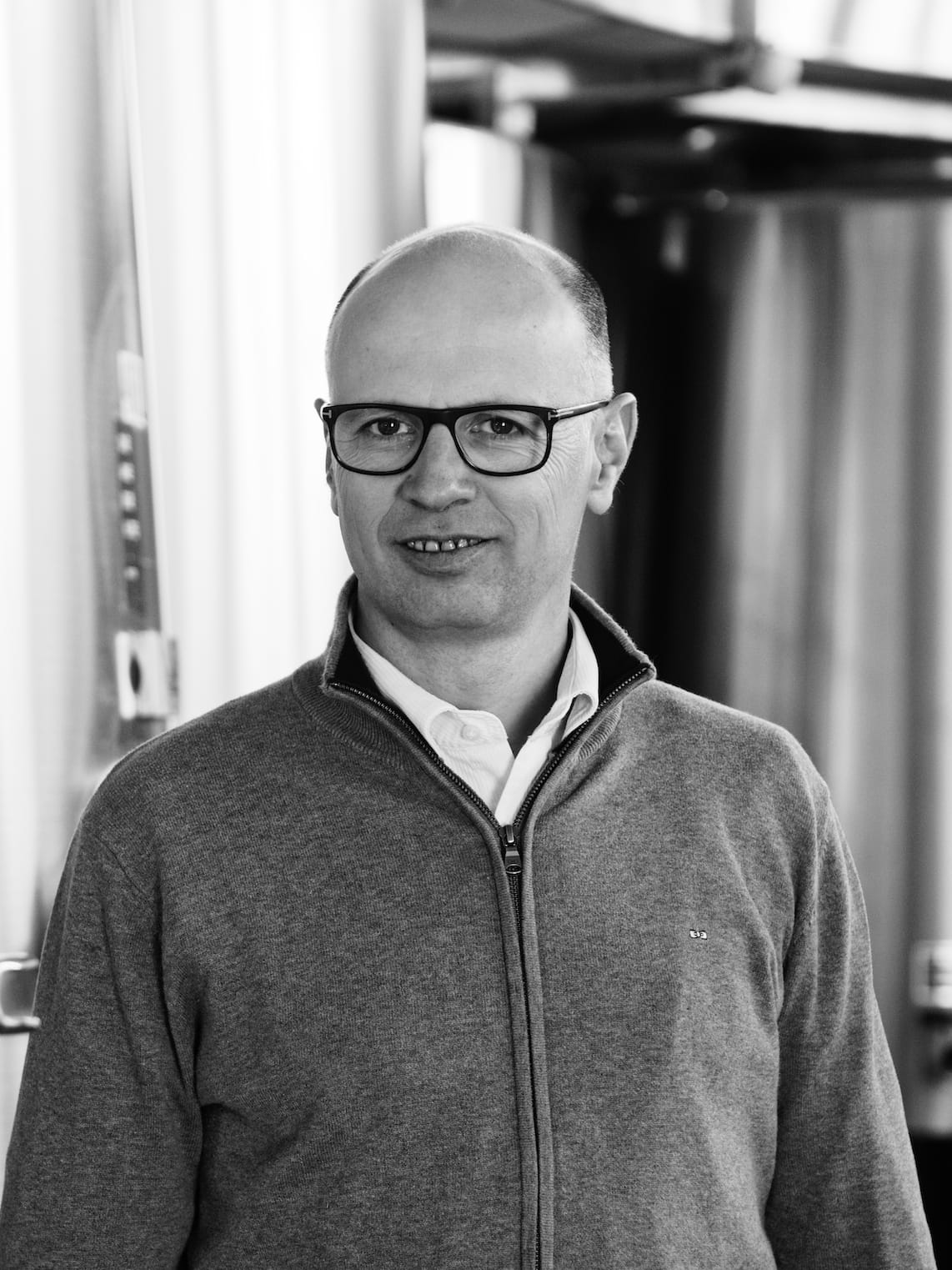
Mikaël Laizet
“Mikaël Laizet was born on 8 May 1973 in Bègles, near Bordeaux. He is the son, grandson and great grandson of farmers and winegrowers. Until 2014, he owned a small plot of vines in the Bordeaux Supérieur appellation area, within the Cadaujac village boundaries on the family estate, Domaine de Marteau. Since he was a small child he has always been exposed to all the operations involved in cultivating vines. After studying for a science degree in Population Biology, he was awarded the National Diploma of Oenology in 1998 in Bordeaux. In 1998, he went to Château Cantenac Brown in Margaux for a post-study internship while completing his military service. He then pursued a number of fixed-term contracts in winemaking in the laboratory of the Chamber of Agriculture in Soussac in Entre-Deux-Mers east of Bordeaux, on the Gülor estate in Turkey and in Slaley Cellars in Stellenbosch, South Africa. In August 2000, he was hired for a permanent position at Michel Rolland’s laboratory. Mikaël Laizet, then intervened as an oenologist for many chateaux in Bordeaux (Château Le Gay and Château La Violette, Château Tour Saint-Christophe, Château Malartic Lagravière, Château La Louvière, Château Couhins-Lurton, etc.), the Loire Valley (Joseph Verdier merchants) and across the world (Argentina, Spain, Portugal, Mexico and Armenia).”
Kris Couvent
“The four points on my compass are quality, openness, authenticity and tradition, which are the virtues that have steered my trading business and my actions as a property owner. At Château Pabus, I strive to apply all four.
I share the same aspiration for excellence as Mr. Dow, wanting to carry this terroir to the highest levels of achievement and continuously maintaining the research and innovation to make our wines clear-cut, multilayered, tasty and appealing. This type of “haute-couture” winemaking as we both conceive it means bringing in the greatest experts, hence why we began working with the consultant oenologists Bruno Lacoste and Michel Rolland. We stopped at nothing to meet the challenge of elevating Pabus to the pinnacle of the appellation.”

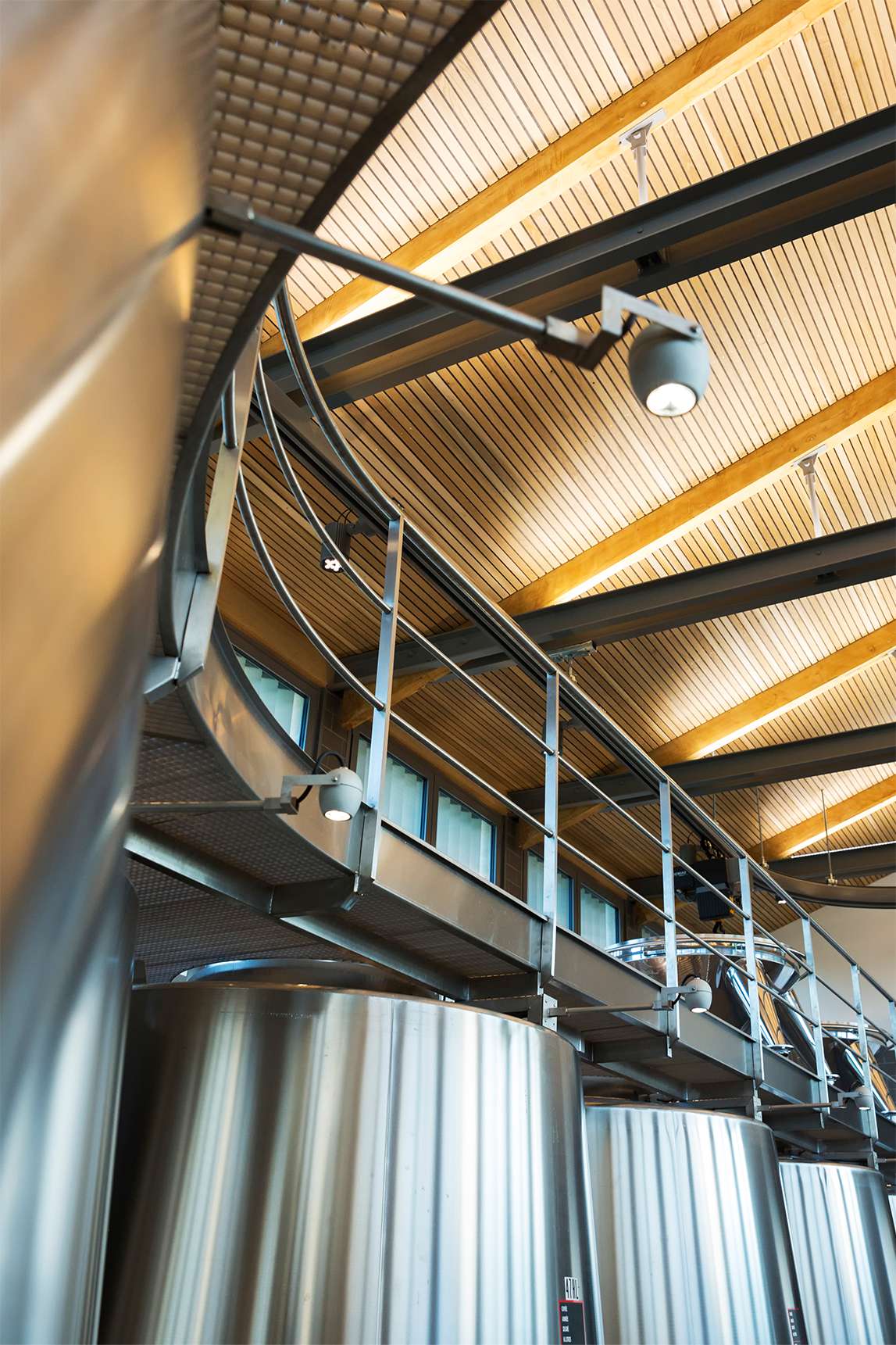
Traditional & Innovative Architecture
In this architectural project, the aim is to create openness, transparency, discretion and simplicity, both through purity in the design and through the materials chosen, which continuously resonate with the vines.
Robert S. Dow wanted to modernise the vathouse and winery first. The initial renovation work was carried out in the outbuildings in 2012. The whole winemaking installation was completely redesigned with a gangway over the new tanks and reshaped floor to facilitate the evacuation of winery waste water. All residues from the winemaking process are stored in a tank ready to be processed by an outside provider. Wall and floor tiles were applied to make cleaning easier.
The second phase of work took place in 2013. A new building was constructed in line with the existing outbuildings to store agricultural equipment. At the back, a lean-to section provides space for stocks, a laboratory and heat regulation equipment.
In 2014, personal cellars were built in the basement of the chateau.
In 2015, the vathouse was extended and reorganised to double capacity and enable greater precision in the vinification of fruit from the different plots of the vineyard and even from different areas within each plot. The work also made space for bottle storage and a labelling area. Offices, a tasting room and a rooftop patio overlooking the chateau and the vineyard were also added.
Aesthetic & Philosophical Choices
The most important thing was for the new work to blend in with the existing site, so it was decided to adopt a vernacular design to match the landscape. The park and gardens were also reworked to open up a view out over the chateau’s vines.
Traditional local materials, such as lime-based renders, cut stone, ‘canal’ roof tiles, oak timber, etc. were used as part of the philosophy to respect the terroir and the surrounding countryside.
Modern architectural principles were favoured for interior spaces to create a contrast with the classical environment of the site. A liberal use of glass substantially brings natural light into the vathouse. The winemaking equipment feels and works so much better; from the entrance door of the vathouse, glass panels offer a view right through to the vines.

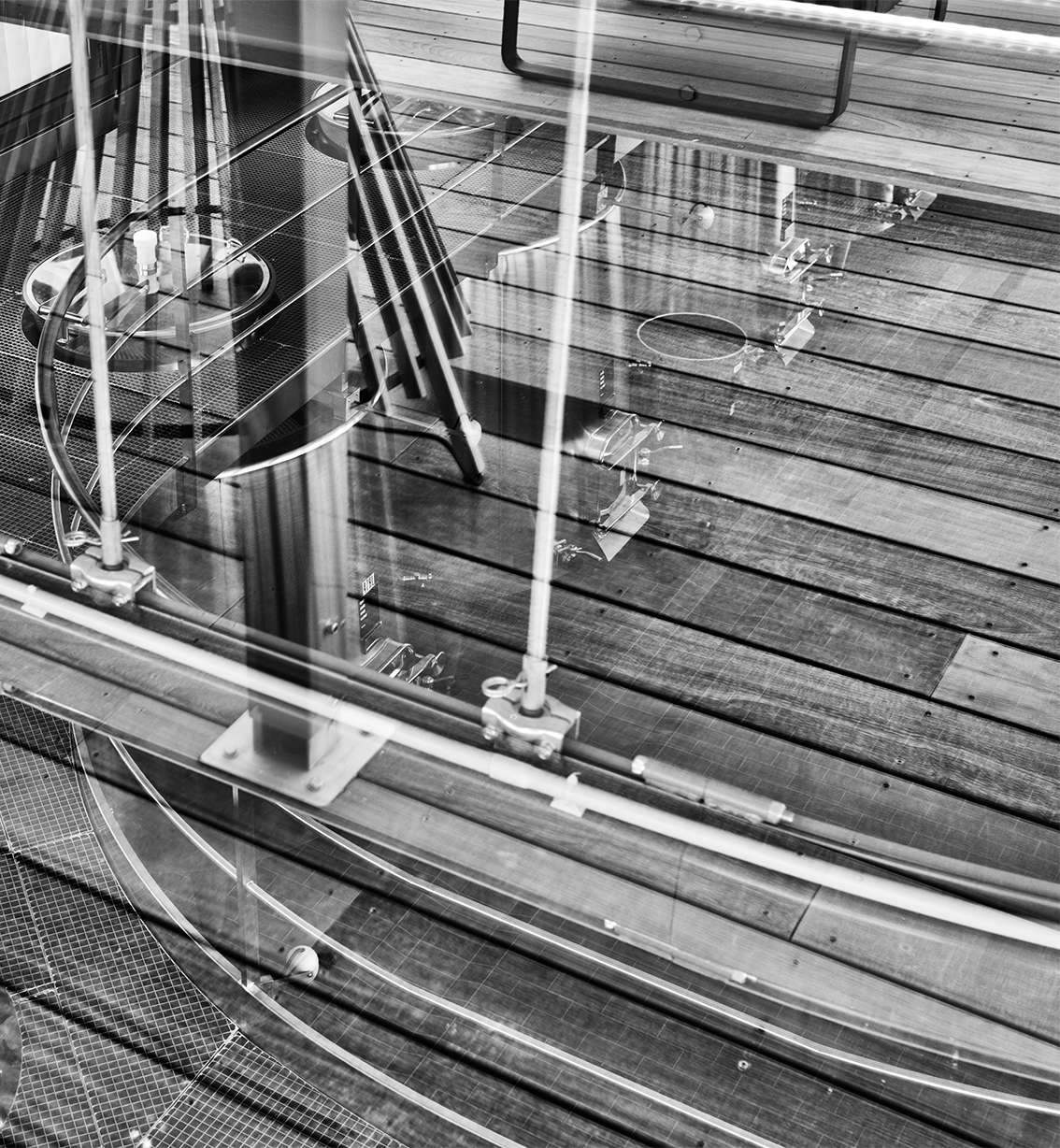
The bottle storage area is fully lined with timber panelling, the same type that was used to make wine cases, adding necessary robustness where
fork-lift trucks are used constantly. The cladding also gives a warmer feel to an area where there is no natural lighting and softens the hardness of the metal surfaces.
The tasting room opens out into the arena of vines to remind visitors that wine is inherently a product from a local terroir. Views through to the bottle storage area also enable them to see the team at work and the sequence of activities involved in wine production.

